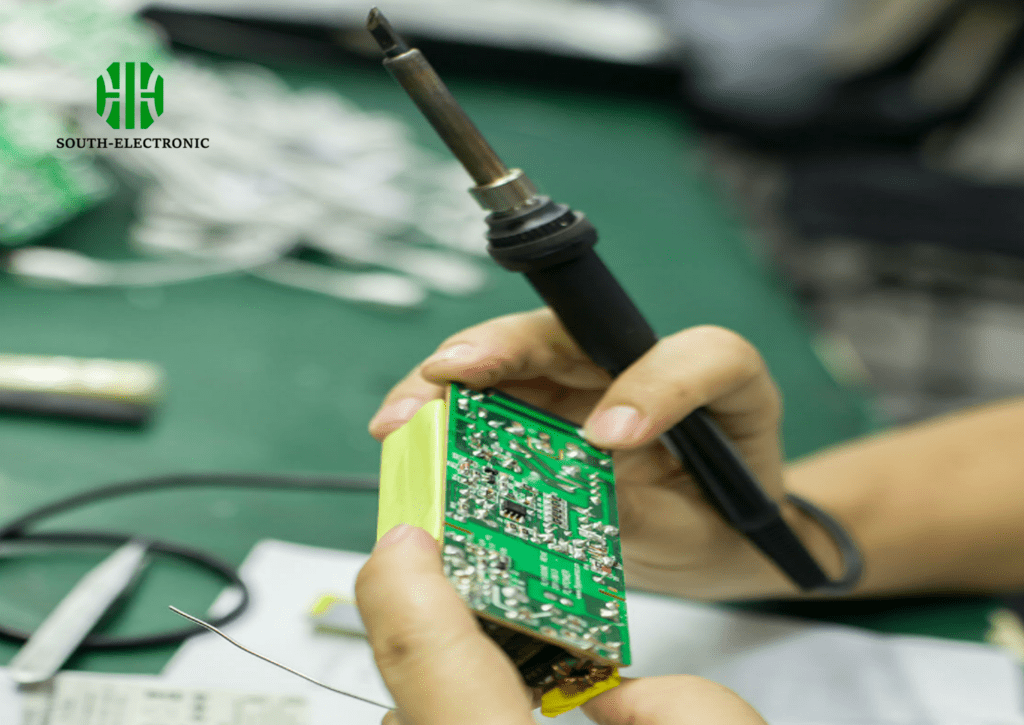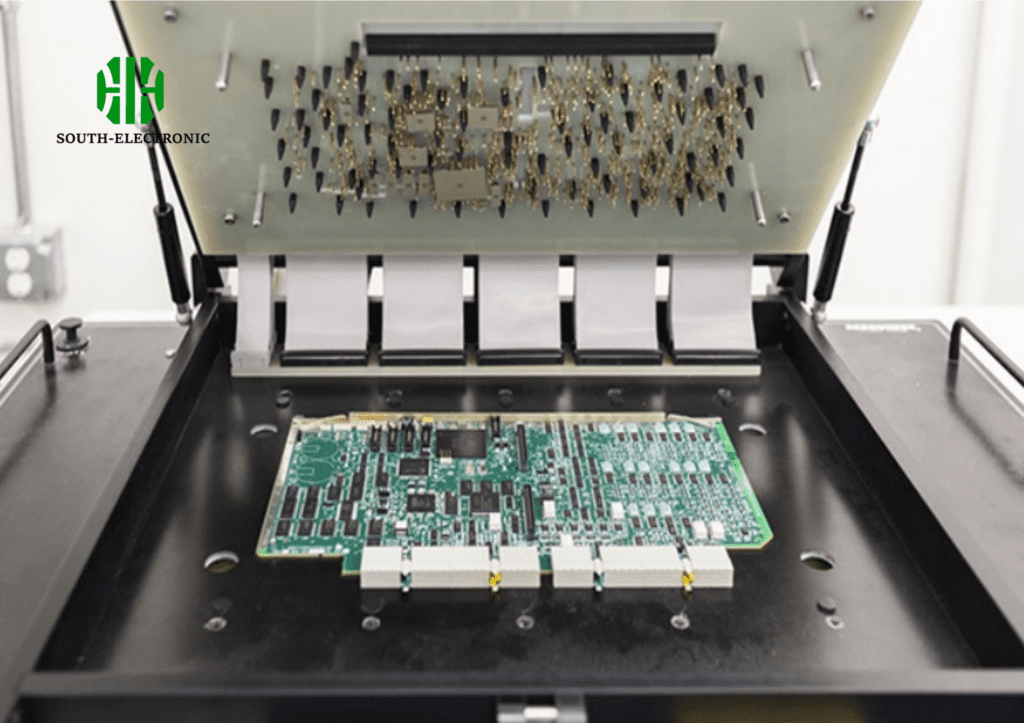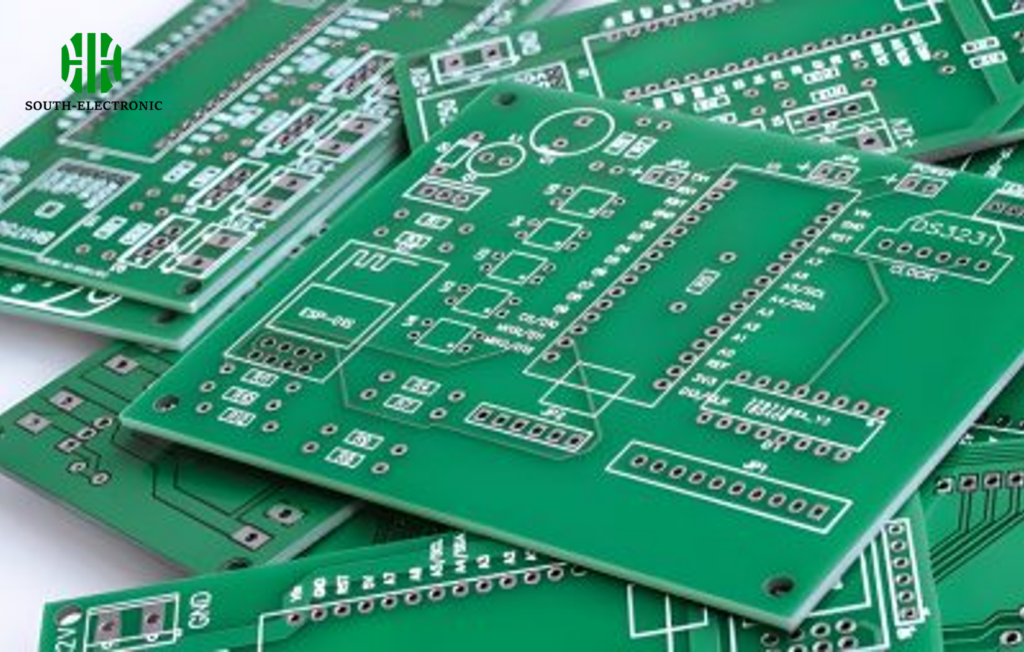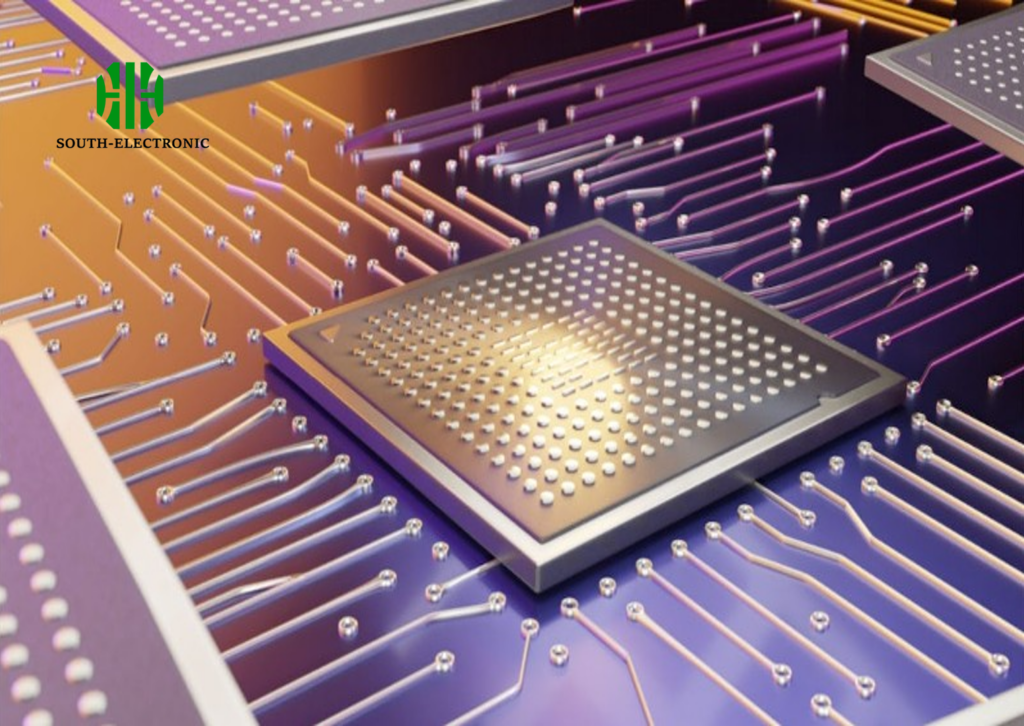I see newcomers mix up SMD and SMT daily. Are you frustrated by confusing terms? You’re not alone. This confusion wastes time and causes errors.
SMD means Surface Mount Device – the physical components. SMT is Surface Mount Technology – the assembly process. While SMDs are tiny parts like resistors or chips, SMT describes how machines bond them onto circuit boards. Understanding this avoids critical design flaws.

Let me clarify with real examples. Stick with me to uncover how these seemingly small terms transform electronics engineering.
How to Read SMD Codes & Markings?
Ever found unmarked SMD parts? That waste bin moment happens often. Identifying them seems impossible but takes seconds once learned. I’ll share my decoding method below.
Read SMD markings by checking alphanumeric codes: resistors use numbers like ‘103’ for 10KΩ, capacitors show values like ‘105’ for 1µF. Cross-reference codes with datasheets or online tools. Reliability demands exact decoding every time.

Breaking Down Identification Systems
Different components have unique coding standards. I categorize them for clarity. Resistors typically follow the EIA-96 system – three digits indicate resistance. The first two digits determine the base value, the third specifies zeros added. Don’t assume all manufacturers use identical standards though. Capacitor markings are less consistent. Tantalum capacitors show voltage and capacitance, but ceramic ones omit unit labels. My design practice? Treat unmarked parts cautiously. Using a multimeter to measure prototypes helps prevent assembly errors. Labels can fade during soldering too. Once I ruined a batch misreading a "2R2" marking as 2.2Ω instead of 0.2Ω. Material mismatches affect decoding accuracy as well. Check this guidance table:
| Component | Code Example | Decoded Value | Critical Protocol |
|---|---|---|---|
| Resistor | 472 | 47 x 10² Ω = 4.7KΩ | Verify tolerance (±5%) |
| Capacitor | 106 | 10 x 10⁶ pF = 10µF | Confirm voltage rating |
| Diode | M7 | 1N5819 Schottky | Match footprint size |
| IC | LM358 | Operational Amplifier | Review Vcc range |
Package size determines printable code space too. 0201 resistors skip markings entirely – use test fixtures. For ICs, suffixes denote temperature grade like ‘I’ for industrial range. Never ignore datasheet validation even for tiny components.
Where are SMDs commonly used?
Lost your phone’s space? Thank SMDs. These devices conquer modern electronics everywhere yet remain invisible. Pre-SMD designs feel like ancient dinosaurs today.
SMDs dominate smartphones, laptops, wearables, and IoT devices. Their key application is miniaturized circuits requiring automation. Industries expect them in medical implants, automotive sensors, and 5G equipment since their size enables next-generation technology.

Manufacturing Arena Shift
Through-hole components dominated until the 1990s. Now machines place SMDs on PCBs effortlessly. First, medical device density demands shrank exponentially. Pacemakers uses 01005 resistors smaller than salt grains – impossible with legacy tech. Second, automotive safety evolved with SMT assembly. One microcontroller controls eight airbag sensors where size matters critically. Third, consumer audio products reveal surprising compromises. Pro speakers hide SMDs inside but retain through-hole ports for durability. Supply chain constraints still affect availability though. My designing rule? If energy efficiency is key, always choose SMDs. They reduce parasitic inductance, boosting circuit speed noticeably. Smart factories use AI cameras to guide placement robots. However not every lab handles microscopic repairs. A rural clinic project failed because technicians lacked magnification tools. Review modern industry adoption:
| Industry | Advantage Example | Challenge Scenario | Emerging Solution |
|---|---|---|---|
| Telecommunications | 5G modems | Signal interference | Laser-trimmed capacitors |
| Aerospace | Satellites | Radiation hardening | Specialized coatings |
| Home Appliances | Smart thermostats | Thermal cycling | Flexible PCBs |
| Robotics | Motor controllers | Vibration resistance | Conformal coating |
Military connectors still mix SMD and through-hole though. Choosing hybrid approaches often balances reliability with complexity constraints.
How do you choose the right resistors, capacitors, and ICs for your project based on SMD package sizes?
Project sprawls from choosing wrong SMD sizes? Breadboards lied about simplicity. Real circuits demand package consciousness for viable builds.
Match components to PCB space and capabilities. Resistors under 1mm work in wearables; choose 0805 or larger for hobbyist projects. ICs need matching solder pad geometries – QFP for dense layouts versus SOIC for prototyping. Prioritize manufacturability over exotic miniaturization.

Size-Power-Performance Optimization
Understand tradeoffs in three dimensions. Physical space defines immediate choices. Tiny 0402 capacitors fit smartwatch charging coils, but assembly machines cost. Power dissipation matters hugely. A 1206 resistor handles 0.25 watts versus 0.125 watts from 0603 size. Once my drone battery overheated because I ignored this difference. Signal types alter selections too. RF designs need diagonal mounting to avoid trace reflections. Verify frequency ratings on datasheets religiously. Environmental factors demand iteration as well. Outdoor sensors require packages immune to thermal expansion cracking. Use parametric search tools to filter requirements. Specific strategies emerge:
| Component | Small Package (e.q. 0201) | Medium Package (e.g. 0603) | Large Package (e.g. 1210) |
|---|---|---|---|
| Resistors | Ideal portables/audio apps | Sensor feed-in circuits | Power regulators/led arrays |
| Capacitors | Decoupling near CPU core | Filter networks | SMPS input buffers |
| IC Packages | BGA/WLCSP (memory) | TQFP/QFN (MCU) | SOIC/SOP (amps) |
Always prototype with oversized packages initially. I constantly pin printouts of footprint templates above my workbench avoid CAD model confusion. Consider rework viability before finalizing exotic packages like chip-scale BGAs.
Conclusion
Know your SMD devices, master the SMT assembly process, and apply smart selection principles. This foundation transforms how we build electronics today.



